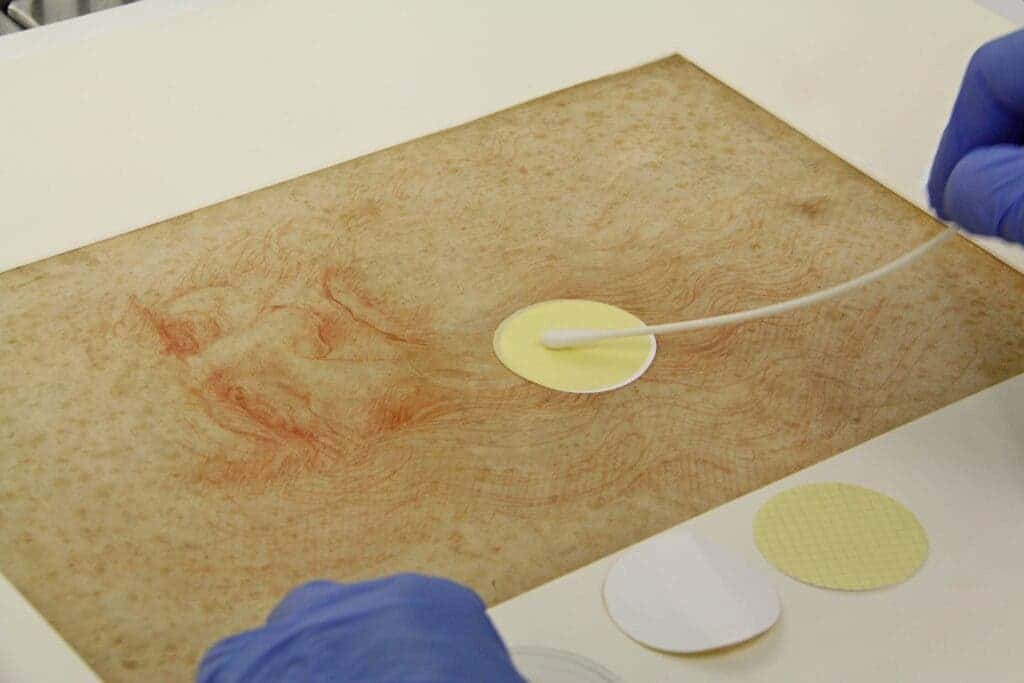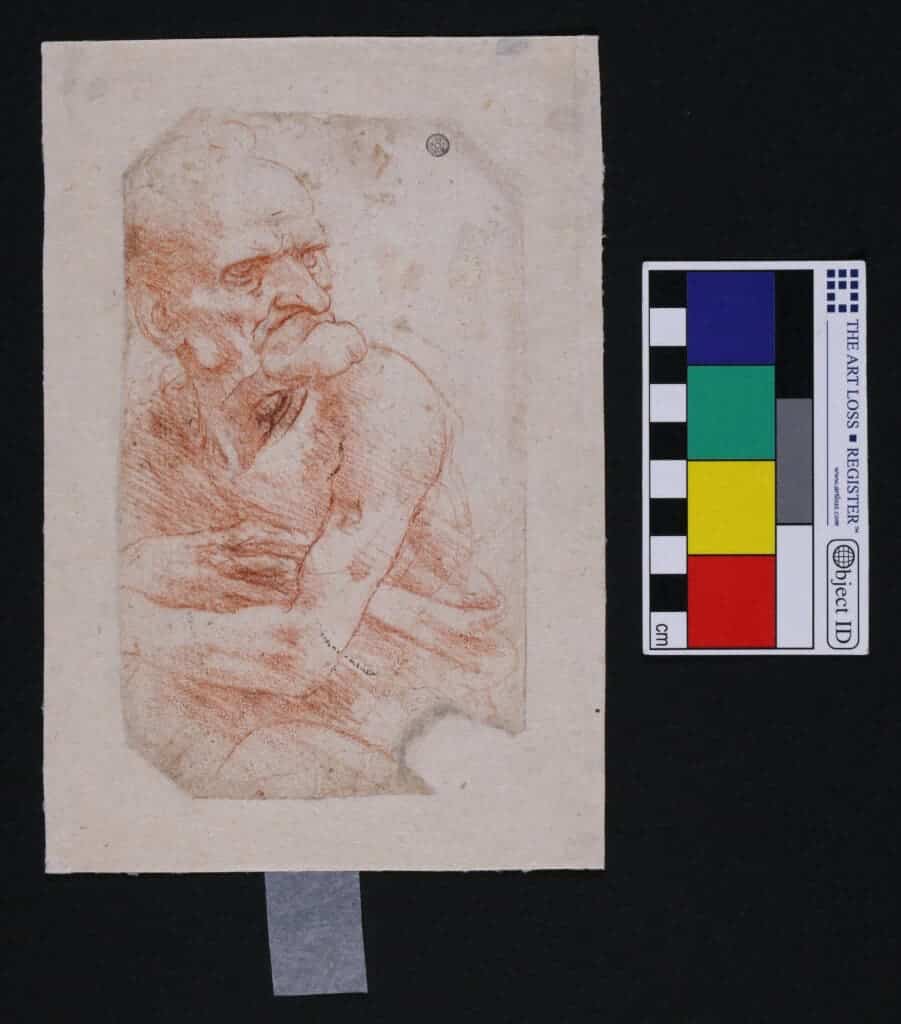Leonardo da Vinci was one of the greatest geniuses in history, with skills and inventions way ahead of his time. On many occasions his work was surrounded by mystery, hiding secrets not visible at first glance. Now, a new study found another one, linked to bacteria and fungi.

Looking for hidden secrets in Da Vinci’s work, a team of researchers from Austria and Italy decided to investigate what was beyond the naked eye in seven of Leonardo’s best-known drawings. They weren’t looking for hidden sketches or anything like that: they were looking for the microbiome.
A microbiome is essentially a set of microorganisms that share the same habitat. They aren’t perceptible to the naked eye and advanced technologies are needed to try to understand how and why they coexist. Looking for hidden elements in Leonardo’s work, the researchers stumbled upon very nusual types of microbiome..
Five of these drawings are currently housed in the Royal Library of Turin: Autoritratto, Nudi per la battaglia di Anghiari, Studi delle gambe anteriori di un cavallo, Studi di insetti and tudi di gambe virili. The last two are stored at the Corsinian Library in Rome: Uomo della Bitta and Studio di panneggio per una figura inginocchiata.
Analyzing the seven drawings, the researchers discovered that the microbiome of each one was unique enough to be able to identify each of the works only by their distinctive microorganisms — you may not tell a book by its cover, but you can tell a work of art by its microbes.
This is not to say that the microbiomes were entirely different, they were still similar in many ways, but each had a distinctive touch.

The findings can help the researchers to locate the places where the drawing was carried out, as well as the places through which it has passed throughout its life, such as warehouses, restorers, or art dealers. This is very valuable information: the microbiome has a story to tell and if you read it well, you can even use it to detect fraud.
The researchers used a tool called Nanopore, a genetic sequencing method that quickly breaks down and analyzes genetic material, to make a detailed study of the different biological materials. They had already studied microbiomes in the past to determine how statues recovered from smugglers had been stored.
In the case of the Da Vinci drawings, they believe most of the human DNA discovered comes from people who were responsible for restoring and caring for their works from the 15th century. They also confirmed all the drawings are original works by Leonardo and found a high concentration of bacteria compared to the fungi.
In previous studies, they had been able to confirm that fungi tend to dominate the microbiomes, but in this case, it was absolutely the opposite. They believe that they came from both humans and insects, something that probably has to do with how the works were stored, especially after Leonardo’s death.
“Altogether, the insects, the restoration workers and the geographic localization seem to all have left a trace invisible to the eye on the drawings,” the researchers said in a statement. “[But] it is difficult to say if any of these contaminants originate from the time when Leonardo da Vinci was sketching its drawings.”
The study was published in the journal Frontiers in Microbiology.
Was this helpful?



